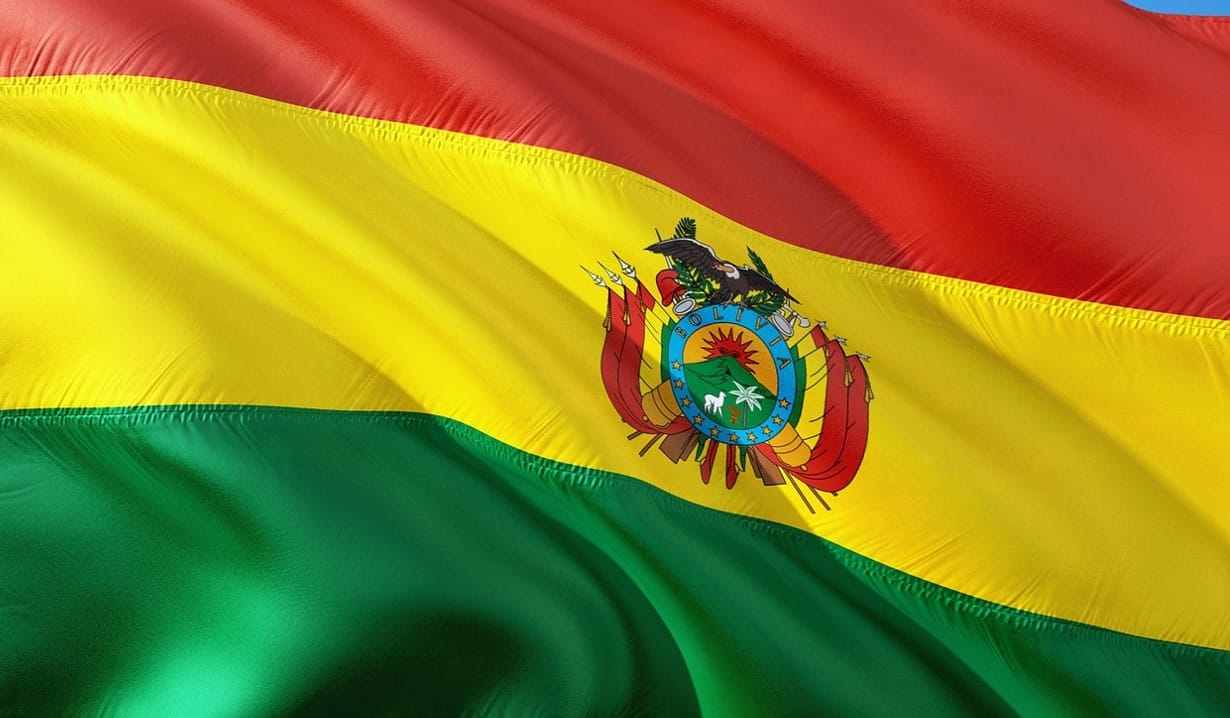Key facts:
The Central Bank of Bolivia says that most of the operations were carried out with stablecoins.
The total value traded in the last three months was USD 46.8 million.
The Central Bank of Bolivia (BCB) reported a significant increase in cryptocurrency operations in the country. In a report published on September 26, the BCB highlighted that an increase of more than 100% was recorded in virtual asset transactions through electronic payment channels.
This growth raised the amount average monthly transactions, which stood at USD 7.6 million between January and June, to USD 15.6 million during the last three months, from July to September 2024.
According to the Central Bank of Bolivia (BCB), the notable increase in cryptocurrency operations in the country during the last three months has been mainly driven by stablecoin transactions.
This type of cryptocurrency, designed to minimize volatility thanks to its link with assets such as fiat currencies or raw materials, have been key in the 100% increase in the total value traded on Bolivian landaccording to the central bank of the Latin American nation.
The stability of stablecoins, backed by assets such as the US dollar or precious metals, may allow Bolivia explore and expand your digital economy significantlyaligning with government strategies to strengthen financial and commercial transactions.
The increase in financial operations translated into a total traded value of USD 46.8 million in the same period, far exceeding the figure of the previous six months. According to the BCB, such expansion is due to Board Resolution 082/2024, effective from June 25, 2024, which authorized the use of channels and Electronic Payment Instruments for virtual asset transactions.

“Breaking the way”
The president of the BCB, Edwin Rojas Ulo, commented on this advance: “The BCB is paving the way in the use of crypto assets in Bolivia. “Our country is taking giant steps towards an economic future with greater use of accessible digital instruments.” In addition, it was reported that the number of operations also grew significantly, reaching 1,123,000 in the last three months, which represents an increase of 141% compared to the previous semester.
This boom in cryptoasset trading aligns with data from the Financial System Supervision Authority (ASFI), where six financial entities have registered operations with digital assets. Between July and August, transactions increased by 40%, the majority carried out by natural persons. The authorization of these payment methods was a joint decision with the ASFI and the Financial Investigations Unit (UIF), following recommendations from the Latin American International Financial Action Group (GAFILAT).
The president of the BCB added: “The use of virtual assets is a favorable step towards modernization and economic integration with the world, to strengthen international commercial and financial activities.” This has provided the population with an alternative mechanism to make international electronic transfers and payments, the official said.

In the educational field, the BCB has incorporated the topic of digital assets into its 2024 Economic and Financial Education Program, conducting 33 workshops nationwide for more than 3,000 peoplewith the aim of disseminating knowledge and informed use of these assets, says the bank.
The aforementioned preference for stablecoins coincides with the statements of President Luis Arce, who has promoted the use of digital payment platforms to strengthen financial and commercial transactions, especially in a context of dollar shortage in the country. This approach has been seen as a mechanism to counteract the lack of foreign currency liquidity.
Bolivia is positioned as one of the Latin American countries with the highest adoption of cryptoassets, according to representative Mariela Baldivieso. This movement towards the legalization and promotion of cryptocurrencies marks a milestone, especially after the elimination of the ban on them in the country, turning Bolivia into the last bastion of Bitcoin in the region, as reported by CriptoNoticias.
This article was created using artificial intelligence and edited by a human Editor.






Leave a Reply